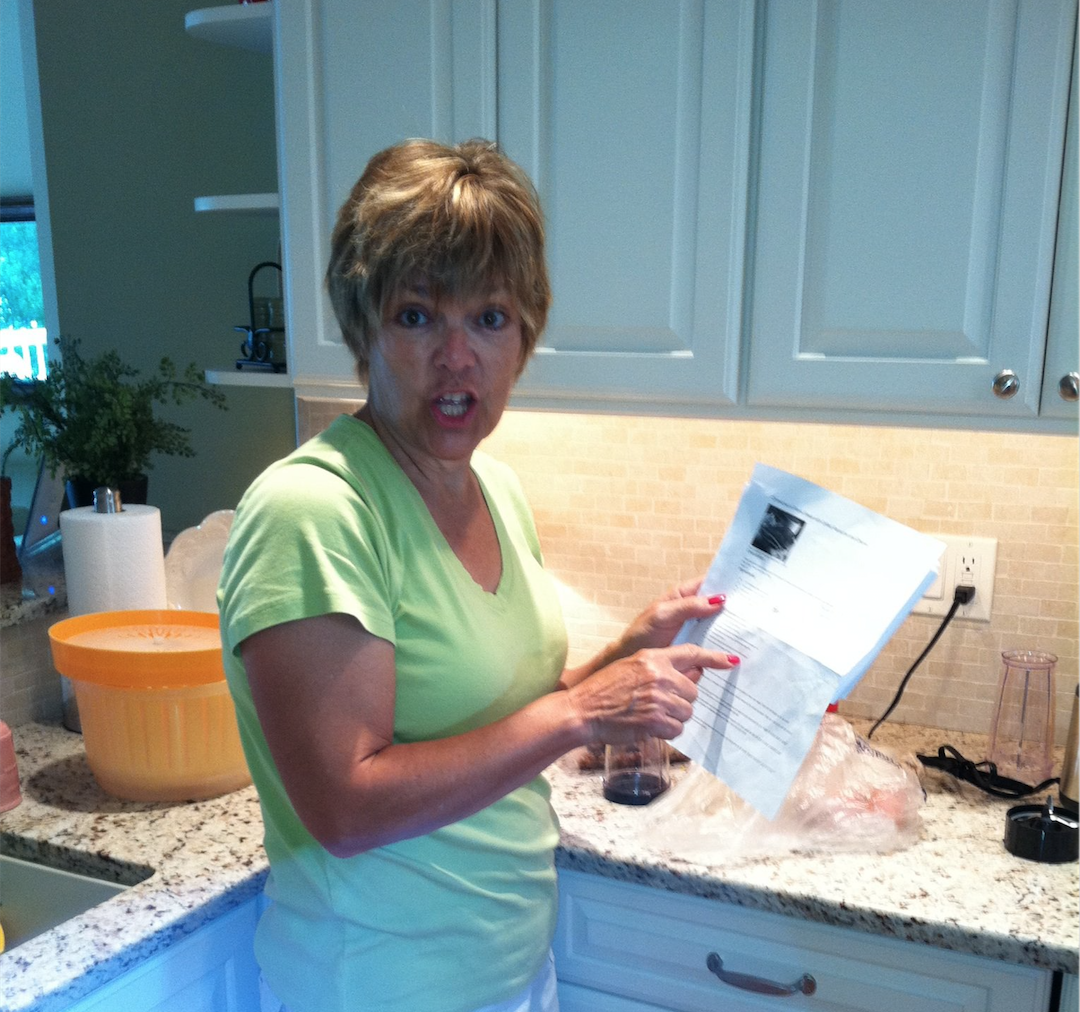Everyone knows how special moms are and everything they do for us. In addition to all of the normal “mom stuff” that my mom, Pam Wentworth, has done for me, she also has played a huge role in shaping my career as a financial writer.
In her career, Pam, who retired in 2016, was a high school math teacher and the business manager at the church my parents attend in Decatur, Illinois. While those careers may not seem directly related to financial writing, my mom has been a major influence in my career.
Here are three of the most important lessons about financial writing that I learned from my mom:
Be Direct
Anyone who knows my mom will tell you that you never have to wonder how she feels about an issue. She definitely is a direct communicator. And when it comes to writing, this is a valuable trait to emulate. To be an effective communicator, it’s important to be 1) clear about what you want your audience to do or think and 2) concise in how you convey that message.
One of my favorite quips about writing is: “If I had more time, I would have written a shorter letter.” Some variation of this quote has been attributed to everyone from Mark Twain to Pliny the Younger to Bill Clinton. According to the website Quote Investigator, the earliest known recorded use of this quote was by seventeenth century French mathematician and philosopher Blaise Pascal: “I have made this (letter) longer than usual because I have not had time to make it shorter.”
Given my mom’s training as a math teacher, I guess it’s not surprising that she and Pascal share this mindset.

Double-Check Your Work
As the child of a math teacher, I didn’t have any excuse for not getting good grades in algebra, geometry, trigonometry, and calculus. In addition to in-house expert tutoring to help me master the concepts, I also received some very helpful, practical tips for how to ace the homework assignments and exams.
The tip that stands out as being the most helpful was to “always double-check your work before turning in your assignment.” My mom believed that it would be a shame to let a small, careless error undermine all of your hard work and make it look like you don’t understand the concept.
This same philosophy applies to the writing projects that I work on. The hard part of my job is understanding complex concepts like valuations for financial derivatives or taxation of deferred compensation plans, and then explaining those topics in a way that is compelling to the audience. But even if I do a masterful job of synthesizing the topics, if I make a minor typo in the copy or a transposition error in a chart, it undermines my credibility. That’s why I have developed an editorial process to double-check my work before I submit it to a client.

Be Careful When Using Metaphors
My mom is the Queen of the Mixed Metaphor. I could write an entire blog about her verbal gaffes, but I will just share what is (so far) her greatest hit: A few years ago, she was telling me how she was trying to do a better job of not exceeding the speed limit while driving. She told me, proudly: “I’m turning over a new leash on life.” (Her ability to weave three different metaphors into one sentence is the work of a true prodigy.)
As a writer, it is tempting to rely heavily on metaphors, similes, and analogies to spice up your writing. While these rhetorical devices can be very effective, they also can backfire. It’s important to use these judiciously and carefully. Otherwise, you might run the risk of, as my mom would say, “putting your foot in your ear.”

About the Author
 Scott Wentworth is the founder and head writer of Wentworth Financial Communications. Scott and the team of writers and editors at WFC help professionals across the financial services industry build their brands by creating investment-grade white papers, bylined articles, newsletters, blogs, social media posts, and other forms of content marketing. Scott apologizes in advance for any mixed metaphors or malapropisms that appear in this blog; he comes by it genetically.
Scott Wentworth is the founder and head writer of Wentworth Financial Communications. Scott and the team of writers and editors at WFC help professionals across the financial services industry build their brands by creating investment-grade white papers, bylined articles, newsletters, blogs, social media posts, and other forms of content marketing. Scott apologizes in advance for any mixed metaphors or malapropisms that appear in this blog; he comes by it genetically.
